YouTube Marketing: What Virtual Assistants Need to Know
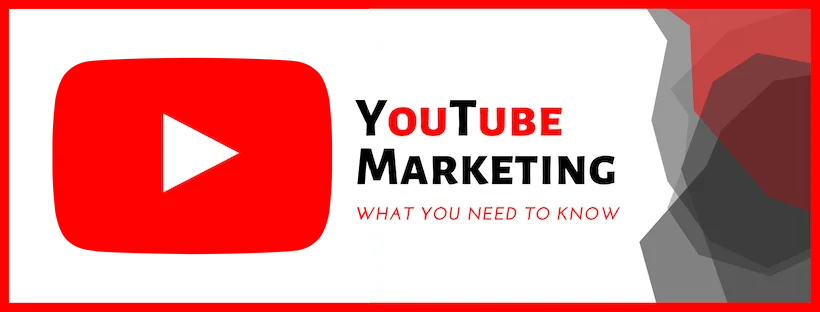
In a list of digital marketing virtual assistant niches, YouTube marketing remains a largely uncharted domain. With many virtual assistants choosing to focus on a tried and tested paths such as content writing, social media marketing (particularly Facebook and Instagram), or web design and development, YouTube marketing seems woefully unexplored.
Sure, it’s because virtual marketing assistant jobs that specify YouTube marketing as a necessity used to be few and far between, but more and more businesses these days are starting to wise up to the perks of leveraging YouTube to boost their sales and grow their business.
Why Learn About YouTube Marketing?
To paint you a picture about how big the potential of YouTube marketing is, here are some relevant statistics as compiled in this HootSuite article:
- 1.9 billion people log in and visit YouTube every month
- YouTube works in 80 languages and has a local version in 91 countries
- An average person spends 8 minutes 41 seconds on YouTube each day
- In the last two years alone, people have watched 50,000 years worth of product videos in total, and that’s only counting the views on mobile
This article also mentioned that Cisco predicts that video will make up 82% of internet by 2022, so it’s only safe to say that YouTube marketing, and video marketing in general, has nowhere to go but up.
Recognizing how big YouTube has blown up when it comes to marketing businesses should lead to acknowledge that the demand for virtual assistant services for YouTube marketing is on the rise. As a marketing virtual assistant, loading up your skill arsenal with YouTube marketing knowledge is a really smart move. To get you started, here’s some basic information about YouTube marketing that any virtual assistant needs to know.
What is YouTube Marketing
First things first: what is YouTube marketing?
The term itself is pretty explanatory. Much like trying to build a Facebook or Instagram profile with tons of followers and great audience engagement, you also want to create a YouTube channel that has a steady stream of high-quality content that rank on video searches and that your client’s audience or target market responds to favorably.
There are many different types of content that you can upload to help your client’s business. Everything from instructional videos and advertisements to reviews and podcasts — every video you create for your client’s YouTube page helps the channel grow and in turn, helps the business reach a wider market, establish their brand authority, and even generate sales.
The Basics of YouTube Marketing
-
YouTube Channel: Creation and Branding
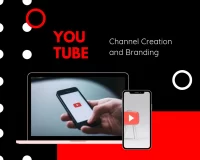
Before you do anything else on YouTube, you have to understand how to create and brand a channel first. This is the crucial first step that will prime your channel and future strategies for success.
A good brand or business channel on YouTube should have a primary goal. What does your client want to achieve with their channel? Is it to increase brand recognition? Is it to generate interest with their products and services? The tone of their entire channel will depend on this primary goal.
Also, it’s important to think of the YouTube channel as an extension of your client’s website. This means that the design of the main channel should adhere to the brand’s colors and style and make use of any branding elements such as logos and banners to further brand recognition and recall.
This branding should also be present in each of the videos on the channel by making use of custom intros and outros and so on.
-
Creating High-Quality, Engaging Videos
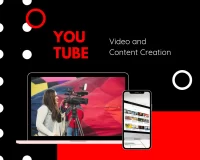
Another key component of your YouTube marketing strategy is the actual video creation part. With this particular aspect, you have to decide if you want to learn all about creating content and scripts for videos and video editing too. These, of course, entails brand new skills, so further study will be required. The benefit of this is that you can offer an all-in-one YouTube marketing package to your clients. This will make you highly attractive as a VA because they won’t need to hire another VA to deal with creating and editing the videos.
There are several free tools for video editing, but you might want to discuss paying for paid subscriptions to websites like Envato. Websites like this provide plenty of stock videos and images and other assets that can help you create professional, well-designed videos.
When it comes to creating content, it’s important for each video to have a specific goal as well. Having a content calendar and planning each video and when they’re going to be posted will help give your channel structure and purpose.
-
Growing Your Audience
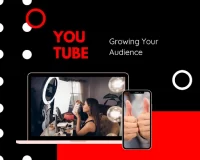
There’s no point in having a steady stream of well-made videos and a regular posting schedule if you don’t have any viewers, so growing your audience is the next key step in YouTube marketing.
To do this, you can utilize all the other venues where your client’s brand already enjoys a solid presence in. This means announcing their new YouTube channel on Facebook, Instagram, LinkedIn, or any other social media platform, sending an email campaign announcing the new page, having contests and promotions on your videos, and so on and so forth.
Aside from all these usual marketing tactics, the next basic YouTube marketing component that will be discussed also plays a major part in growing your audience.
-
SEO for YouTube
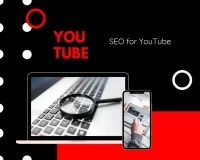
You might have known all about Search Engine Optimization or SEO before because it’s an integral part of digital marketing. Now, you’ll know that SEO isn’t just for websites; it’s useful for YouTube marketing too.
YouTube is the second-largest search engine in the world, so it only follows that utilizing the main concepts of SEO will also help your videos rank higher on YouTube search and help your client’s channel acquire new viewers and potential subscribers.
With SEO for YouTube, the main thing to consider is optimizing your video’s metadata. This is all the information that viewers need to know about your video and it helps YouTube show the most relevant results when people search for specific phrases. The metadata involves your video’s title and description, category, tags, subtitles and closed captions, and even the video thumbnail.
-
YouTube Analytics
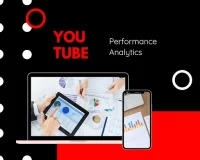
In order to know whether your current YouTube marketing strategy is working out, you have to check YouTube Analytics for statistics about each video and about your channel as a whole. While simply looking at the video page already shows you the what of your video’s performance including the number of views, likes, and dislikes it received, YouTube Analytics will show you the reasoning behind those numbers.
With YouTube Analytics, you can find out how viewers discovered your video, how long they watched it, and how much engagement you received from it. These, along with other statistics you can get from YouTube Analytics, will help you determine what type of video content your audience wants.
-
Advertising on YouTube
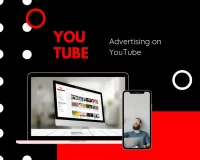
Running advertisements on YouTube is another way for your client’s brand to be discovered. On YouTube, ads run on a cost-per-view basis. Like Google AdWords, the cost of each view will vary depending on the competitiveness of the keyword you’re targeting.
Currently, there are two ways to show your ads on YouTube: on the search page, home page, or as a related video suggestion (Video Discovery Ads) or as an ad that plays within another YouTube video (In-Stream Ads).
Take note that while these are the key components of YouTube marketing, there are still a lot of ways to grow your channel, gain a wider audience, and even generate profits. Depending on what your client’s goals are, you’re bound to utilize strategies outside the basics outlined above, but these are just things that you will have to learn as you delve deeper into the realm of YouTube marketing.
YouTube Marketing Tips and Tricks
Create a video content calendar.
Planning is essential to YouTube marketing. Brainstorming, planning, and creating a video content calendar allows you to stay on schedule and ensure that the topics you’re tackling and the videos you’re uploading are not getting repetitive.
Use your video thumbnails for branding and to create a unified design for your channel.
As mentioned earlier, video thumbnails play a part in SEO for YouTube, but it can be used as an excellent branding and design element too. Create custom thumbnails for your videos so that viewers will know that the video is yours when they see it on their video suggestions just by glancing at the thumbnail. A specific thumbnail style will also make your main channel page look more polished.
Make several types of video content.
Uploading the same type of video over and over again will lead to boredom for your audience. Try to have different video segments or series to create diversity and keep your audience interested.
Study the best times to post on YouTube.
Although it’s an inexact science, many people find that posting their videos at a specific time or on a particular day of the week improves their views and engagement scores. Try to experiment with posting times to know what works best for your channel.
Interact with your audience.
Like and reply to comments to encourage audience engagement and activity on your videos. This also paints your client’s channel and brand as friendly and welcoming.
More and more entrepreneurs and small business owners are turning to YouTube marketing and virtual staffing to help them with their goal of driving new business development. A smart virtual marketing assistant should leverage this opportunity into growing their own virtual assistant career.



